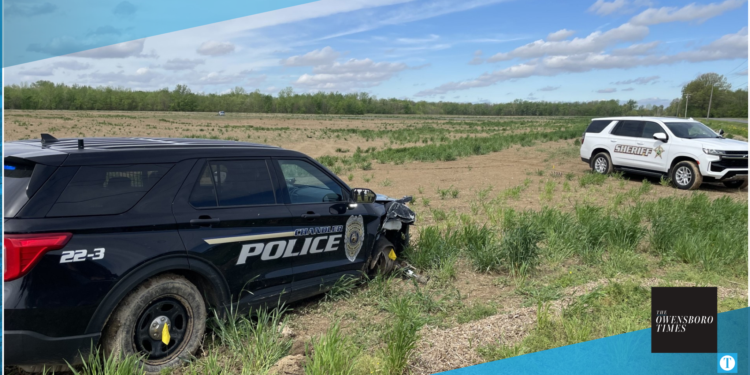In early July, Daviess County Fiscal Court hired Dr. Julie Gray with the intention of fixing the animal overpopulation in Owensboro, and since being hired she has been working on plans on how to do just that and more.
“We were faced with two paths: either start putting down a lot more animals than we would want to, or hire a vet and start our own clinic,” Judge-Executive Al Mattingly said in a press release in April.
Right now, Gray said the Daviess County Animal Shelter is in the process of bidding and building their new location to handle all spaying and neutering of animals in the county and surrounding areas. So while her job right now is spent on her computer, she anticipates that that’s not going to be the case by the first of 2022.
Gray plans to be primarily in the surgery room for most of the day servicing the animals at the animal shelter and also helping per request from people in the surrounding area.
The plans to start this program have been in the works for almost 10 years.
Gray said she spent 14 years in private practice neutering and knows the importance of it in Owensboro-Daviess County. During 2020, DCAS took in 2,600 animals and had to euthanize 40% — 30% were cats and 10% were dogs.
“That’s when that falls back onto our hands to take care of the overpopulation problem and we don’t want to [euthanize],” Gray said. “We don’t want to have to euthanize either but we have to when there’s too many out there.”
Gray said that oftentimes they have an animal in the shelter because it was wandering to find a mate, citing an example of male dogs leaving their yards to follow the smell of a female dog. If the shelters finds that this is a common trend, after the third time the pet has been brought to the shelter by animal control, they will spay/neuter it.
The shelter spays and neuters all their animals before they are adopted to prevent them from adding to the overpopulation, along with for the health benefits. Gray said they only spay and neuter the animals that are headed out of the shelter; if the animal is found too ill fit to be adopted or they find another reason, they will have to euthanize them.
“But the biggest thing is just to educate and have as many people in our community as possible spaying and neutering their pet so that we’re keeping that overall population down and there will be less flooding into animal shelters,” Gray said.
Along with educating people about the importance and benefits of spaying and neutering their animals, Gray also wants to try to tackle the feral cat population throughout the area. Gray said that the program will help train people on how to trap a cat and bring them to the shelter to be helped.



